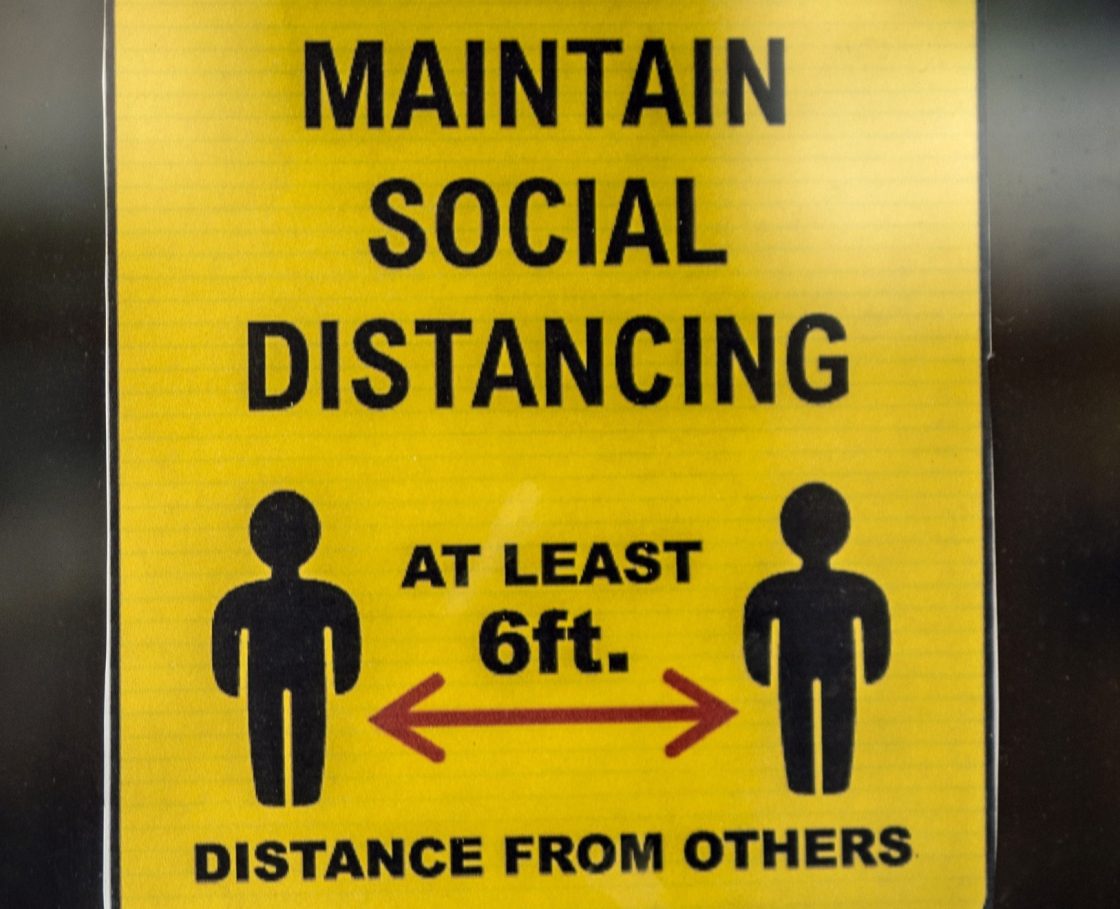Fahad Razak, David Naylor and Arthur Slutsky are physicians and professors in the Department of Medicine at the University of Toronto.
Original author: Fahad Razak, David Naylor and Arthur Slutsky
Published: April 19, 2021
Source: https://www.theglobeandmail.com
For over a year, political leaders and public-health officials have urged members of the public to take steps to slow the spread of COVID-19. Canadians by and large have complied through multiple waves and lockdowns. In many ways, the millions of citizens who had no specific COVID-19 responsibilities are the real heroes of this pandemic.
They have dealt with inconsistent communication, ever-shifting guidance, some painfully bad decisions by governments and a slow start to the vaccine rollout. Bundle all those with pandemic fatigue, and it’s no wonder that public-health messages seem less impactful or cellphone mobility data suggest that compliance with lockdowns has fallen off as the pandemic has progressed.
Alas, weakening of public resolve and confidence in government at this time could be devastating. Let us be clear: The third wave of the COVID-19 pandemic may be the greatest health care crisis our country has faced. A massive variant-fuelled surge has hit Canada from British Columbia to Quebec. And in recent weeks, severe fault lines have emerged in access to essential treatment, physical and human resources, and preventive therapy.
There are currently only two proven treatments that reduce death from COVID-19, and we are on the cusp of rationing one of them, the monoclonal antibody tocilizumab. For the first time in Canada, inter-hospital transfers of thousands of acutely ill patients are occurring as hospitals surge past capacity. Ontario has already turned one newly-built hospital into a dedicated COVID-19 facility. And four provinces have “pop-up” hospitals either completed or in the works. Even if we are able to rapidly increase hospital bed capacity, who will provide the requisite care? Multiple hospitals are already reporting acute shortages of nurses and physicians trained in critical care.
Meanwhile, the norms and standards underlying our health care system are eroding. Hospitals are training staff in “triage protocols” as withholding life-sustaining therapies becomes a reality. And provincial regulators have released statements to provide protection for physicians who no longer can provide accepted standards of care. How, then, can we break this third wave and mitigate a health care crisis?
COVID-19 vaccines have proven to be remarkably effective. Canada has a diversified and growing supply of doses for the next few months and has adopted a bold “first-doses fast” strategy. Unfortunately, the country faces headwinds, including supply chain delays (Moderna is the latest), unexpected age-based restrictions on use (AstraZeneca) and slow completion of trials and regulatory hurdles (Novavax).
Only about a quarter of our population has received at least one dose of vaccine. We are millions of jabs away from the proportion in other large jurisdictions such as the U.K. or U.S., where approximately 50 per cent and 40 per cent of the total population respectively have received at least one shot. But vaccines alone are insufficient, and some U.S. states are facing major flare-ups due to lifting of mandatory mask mandates and premature reopening of the economy. The U.K., however, is a more positive example. Just four months ago, a variant-driven surge took the U.K.’s per-capita rates of COVID-19 infection to a level nearly quadruple Canada’s current rate. Thanks to a fast vaccine rollout and a final sustained lockdown, that third wave was rolled back. Today, as reopening begins tentatively in the U.K., their per-capita infection rates are less than 10 per cent of ours.
In sum, we are at the apex of the COVID-19 pandemic in Canada. Governments need to match the ferocity of COVID-19′s third wave by rapidly deploying every dose of vaccine we have and ensuring coverage of high-risk populations and instituting paid sick leave, along with supports as needed for small businesses, schools and essential workers. Lockdowns are crucial but must be carefully considered; banning children from playgrounds or bolstering police powers undermines public confidence and morale.
That brings us back to the Canadian citizenry – the epidemic’s unsung heroes. Everyone is frustrated and fed up with this siege. However, the actions of individual Canadians are critical in the weeks ahead. It’s the same old tools for what we all hope will be one last round: wearing a mask, limiting physical proximity outside your immediate circle and taking the very first vaccine available to you. Doing so could not only save your life or those of others close to you. It could help save Canada’s health care system in a moment of unprecedented crisis.

